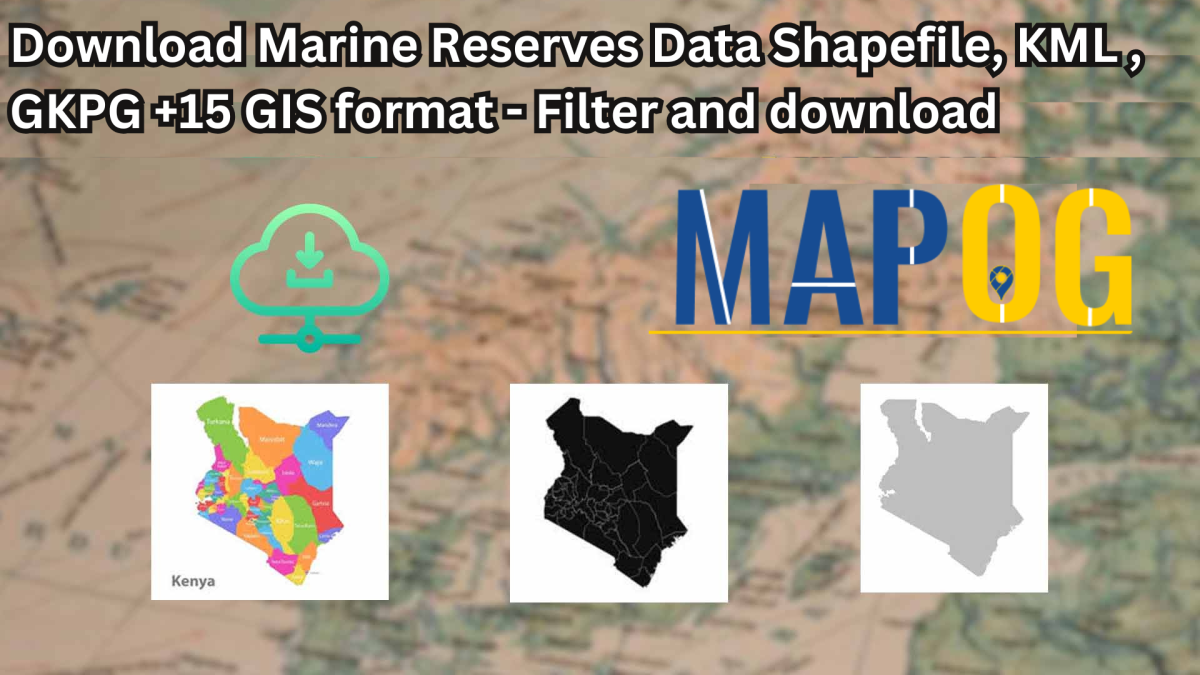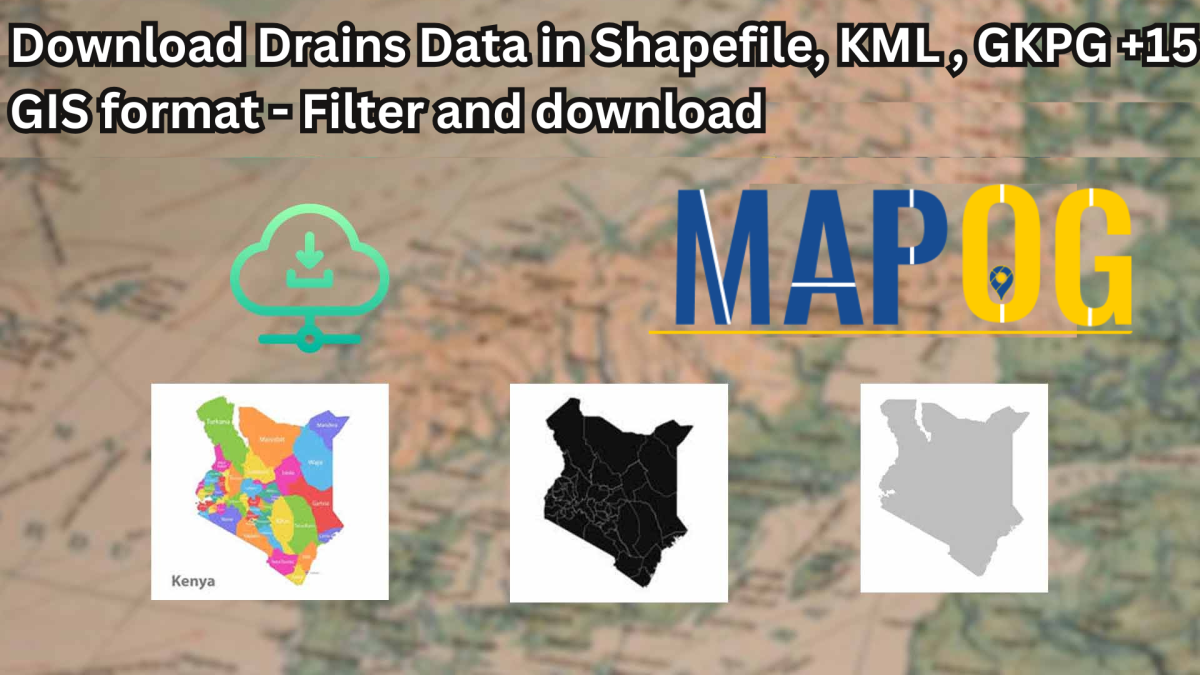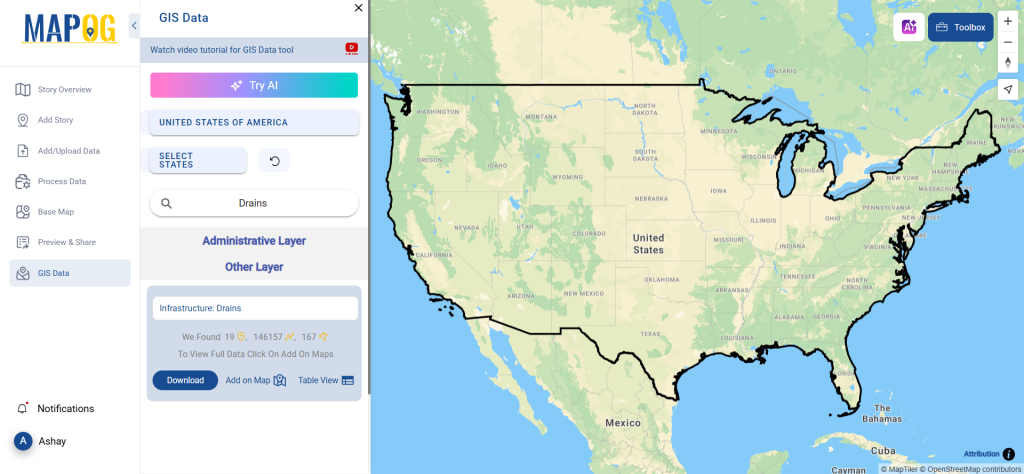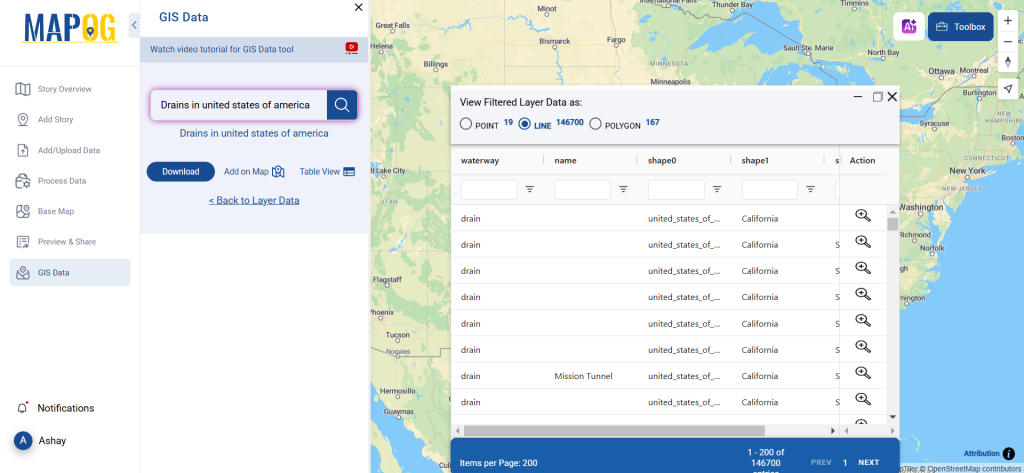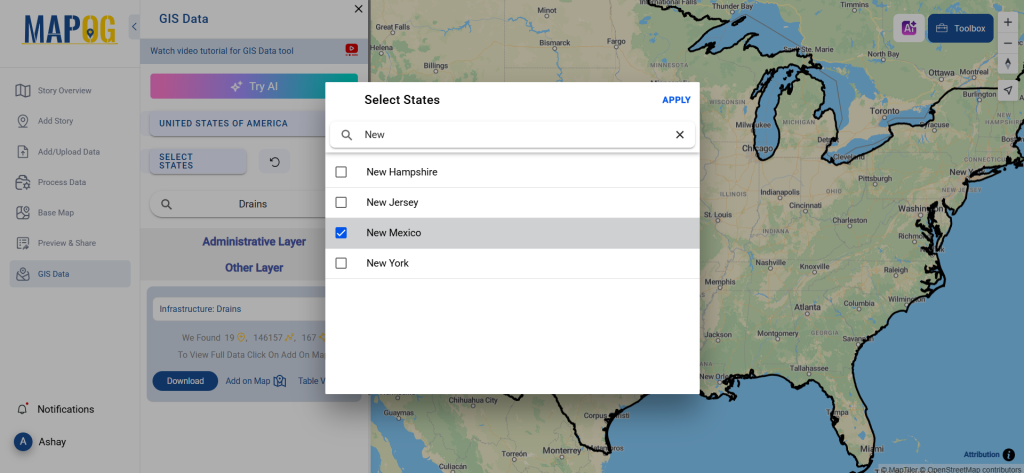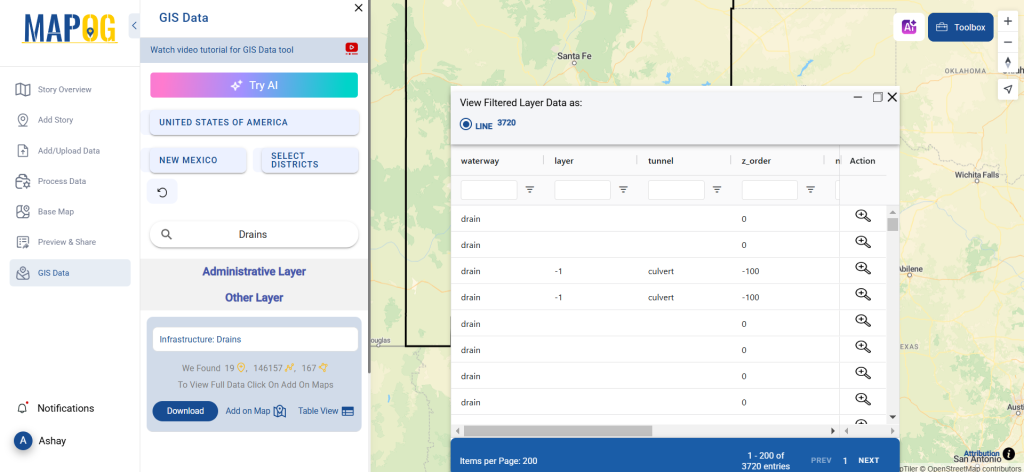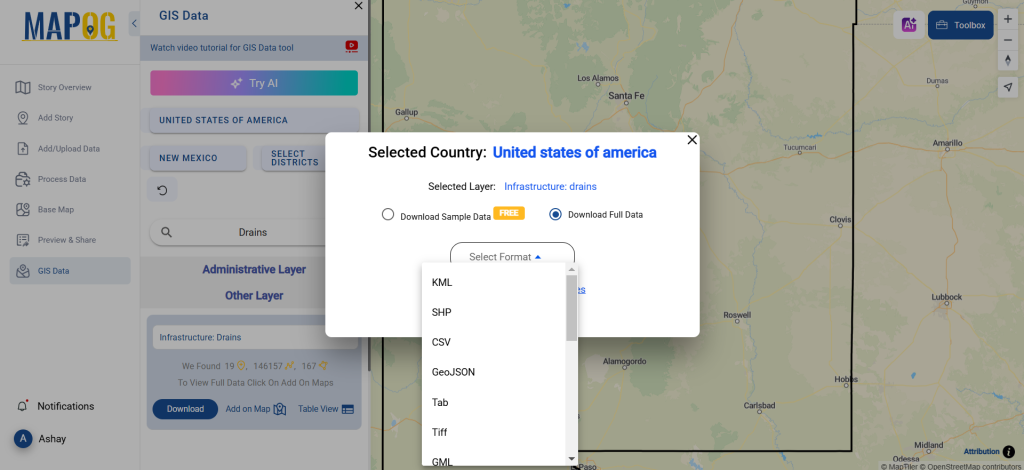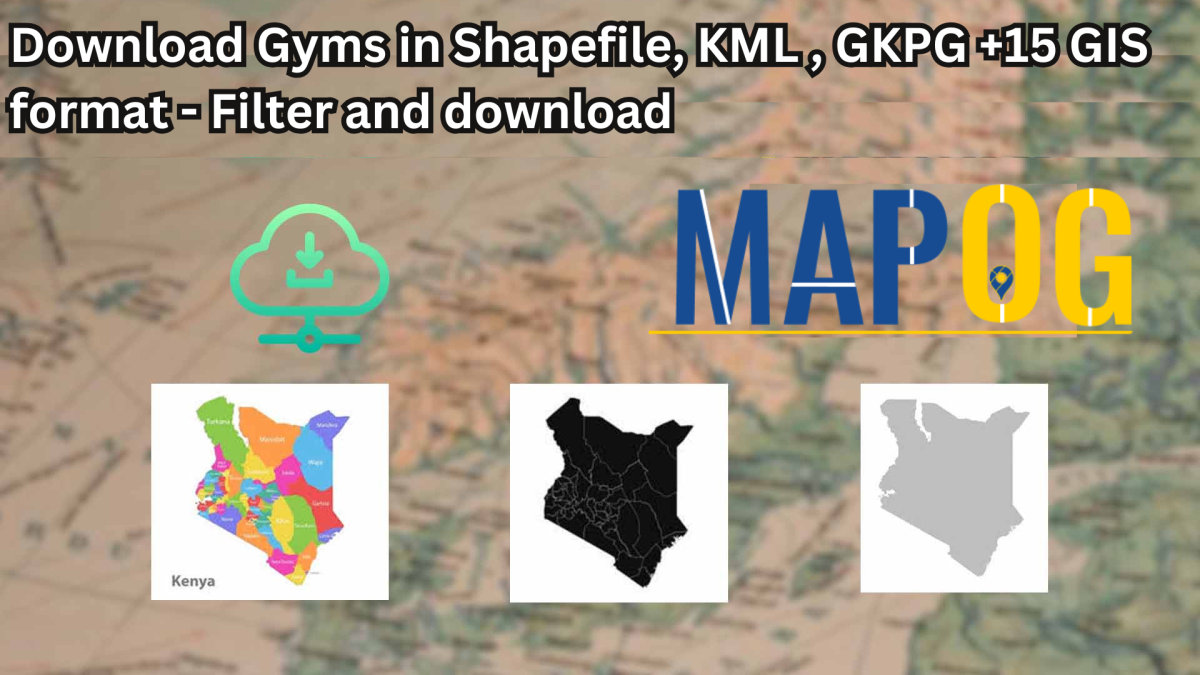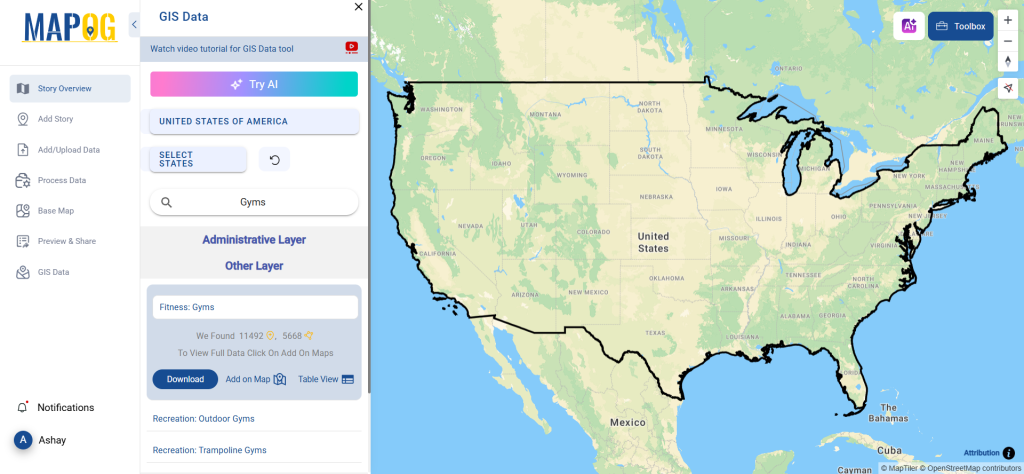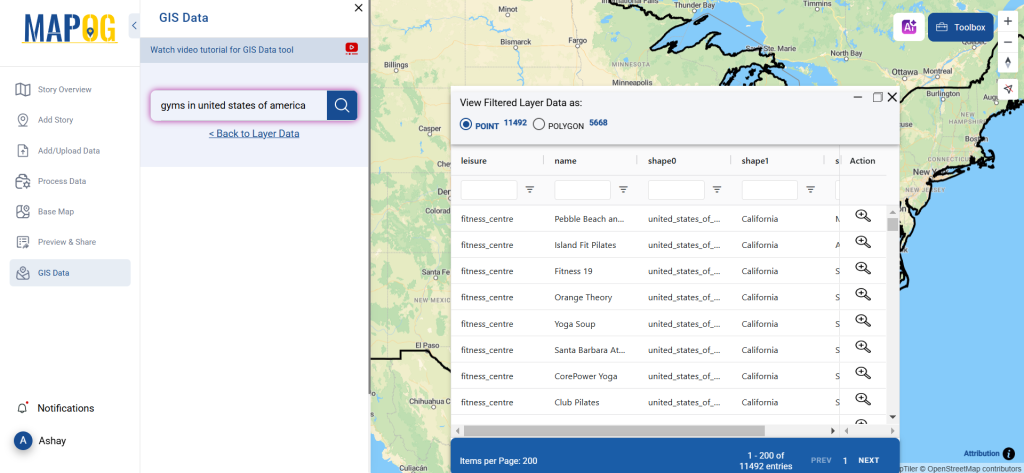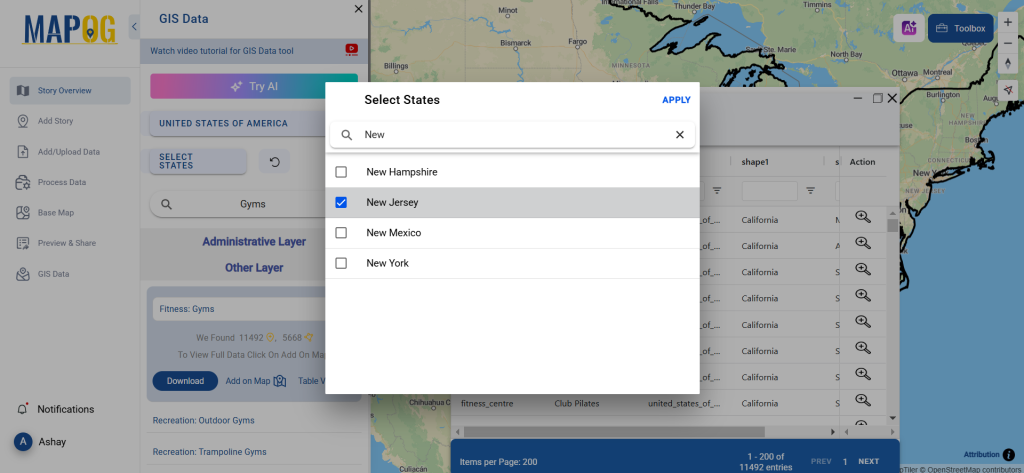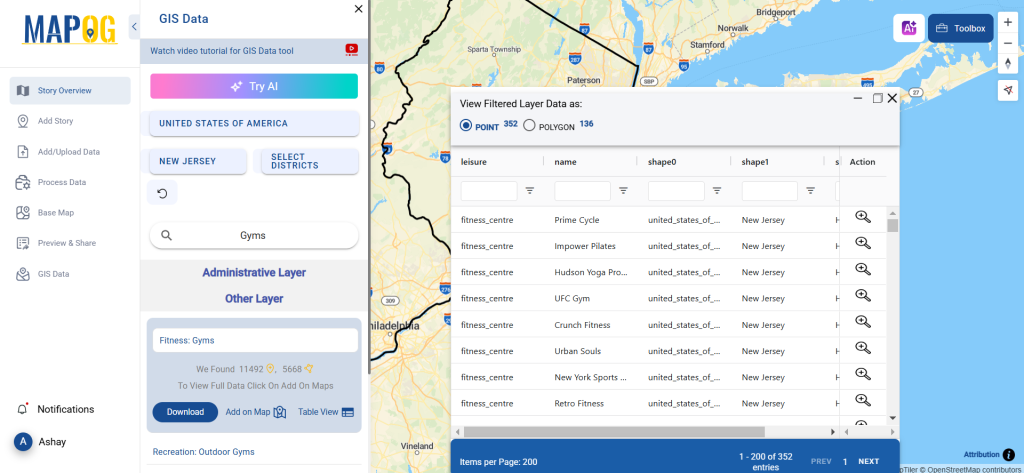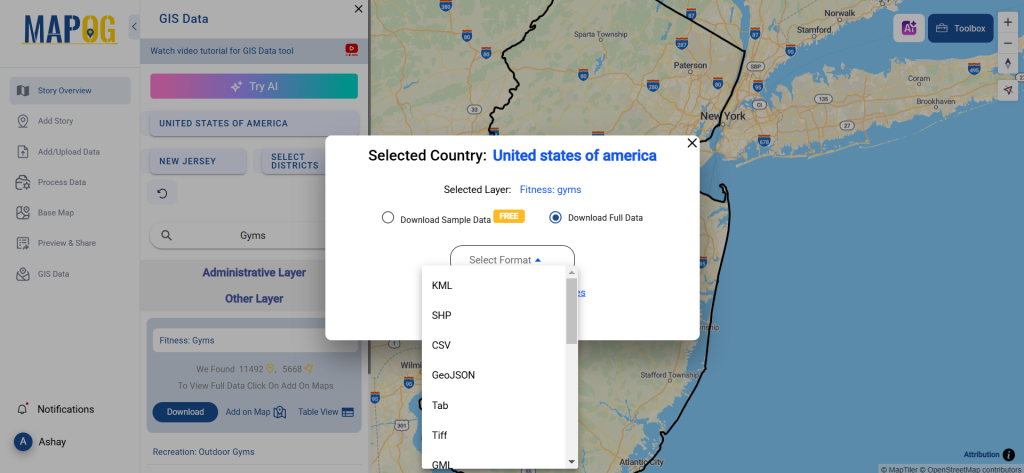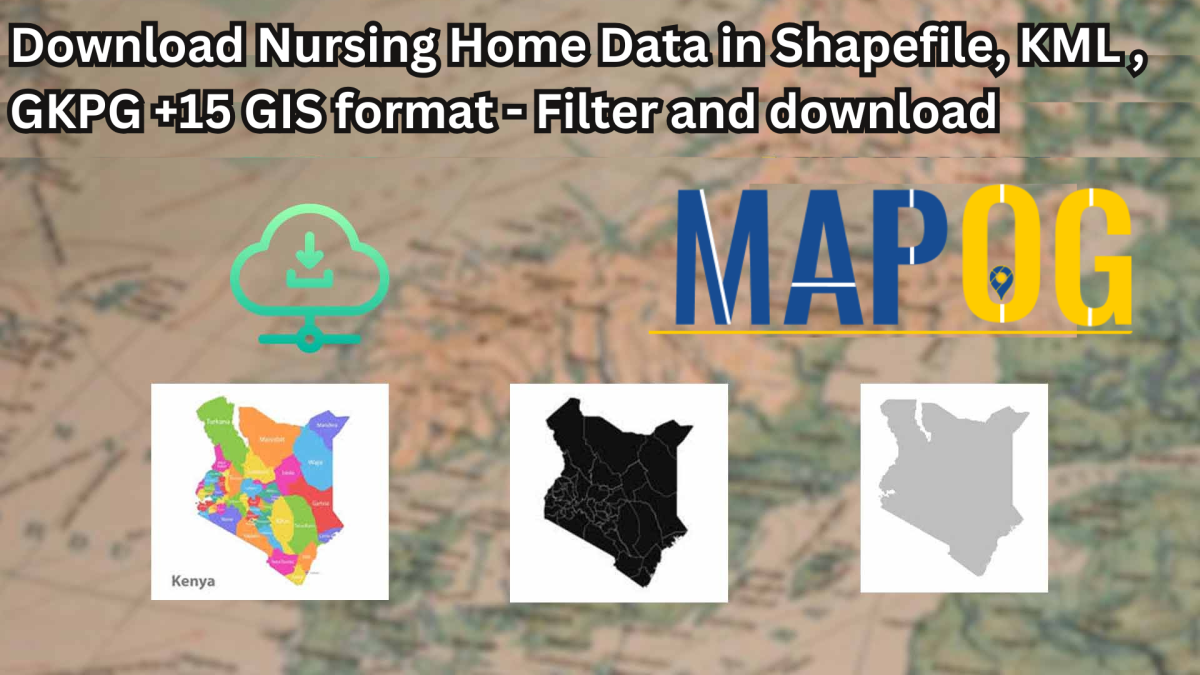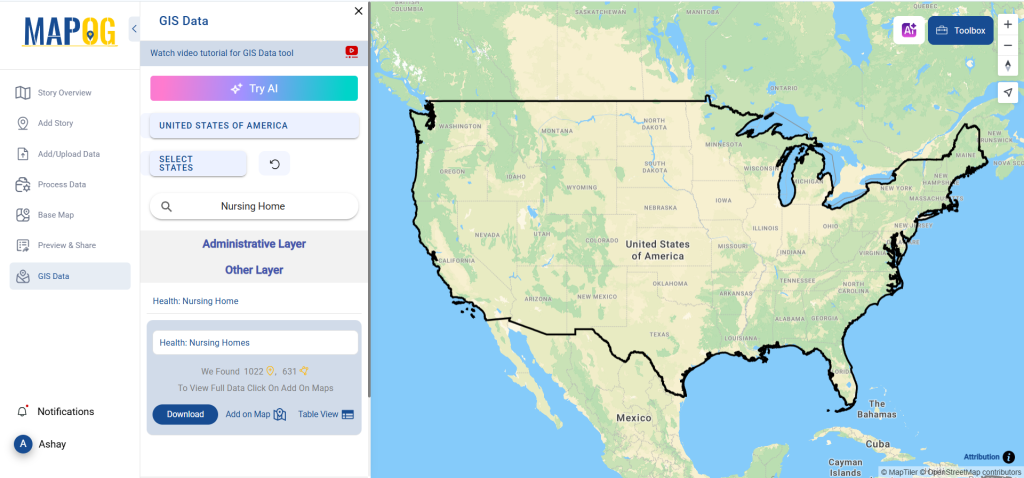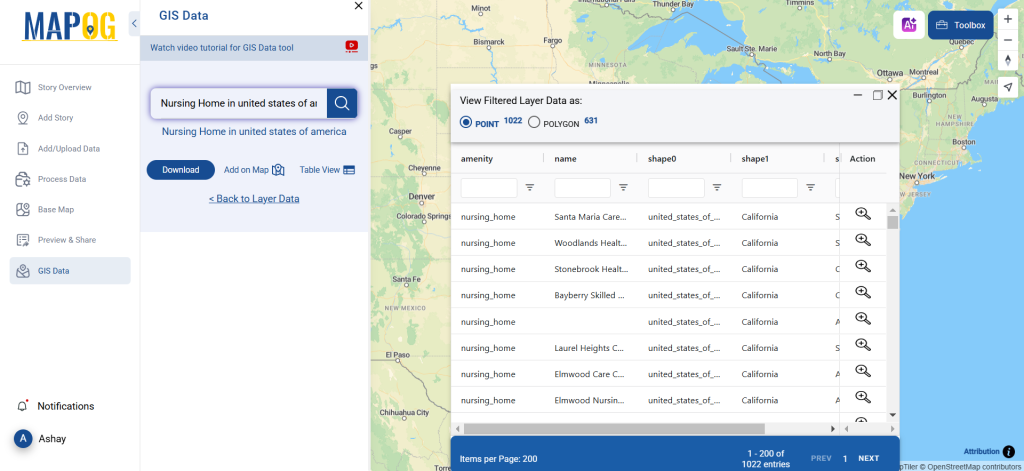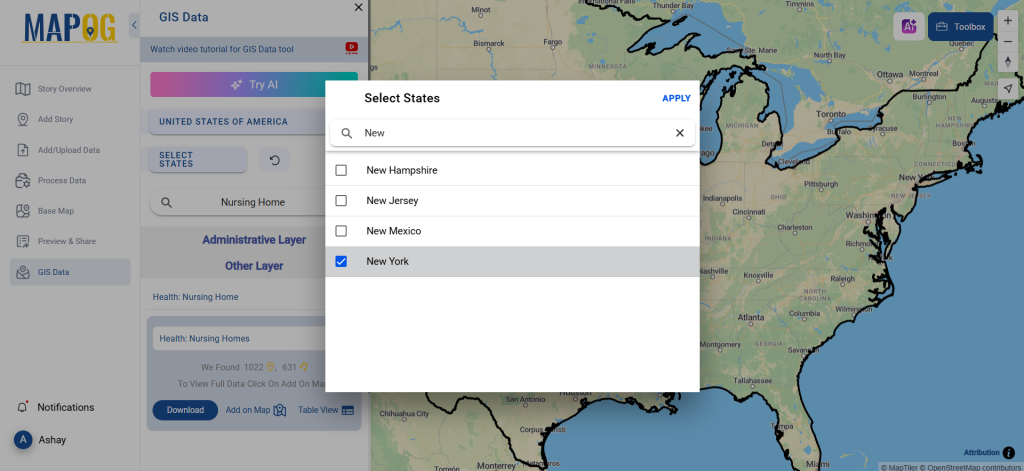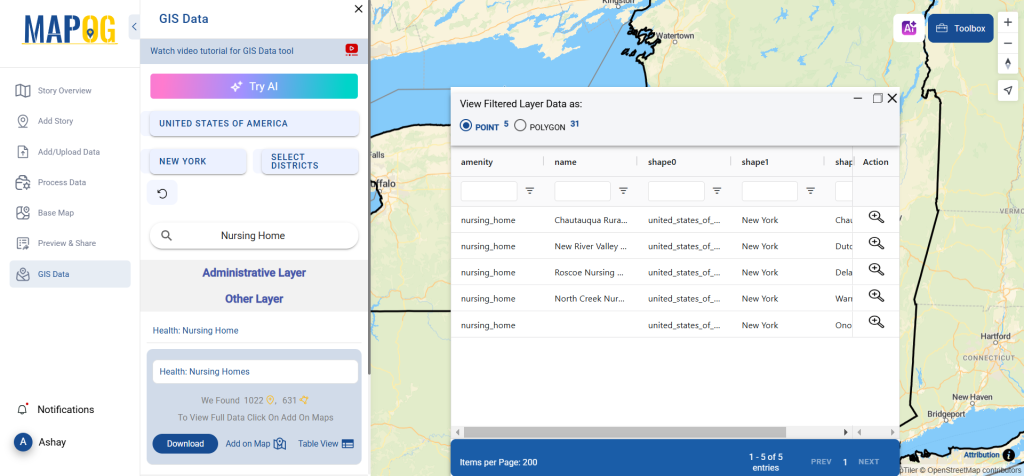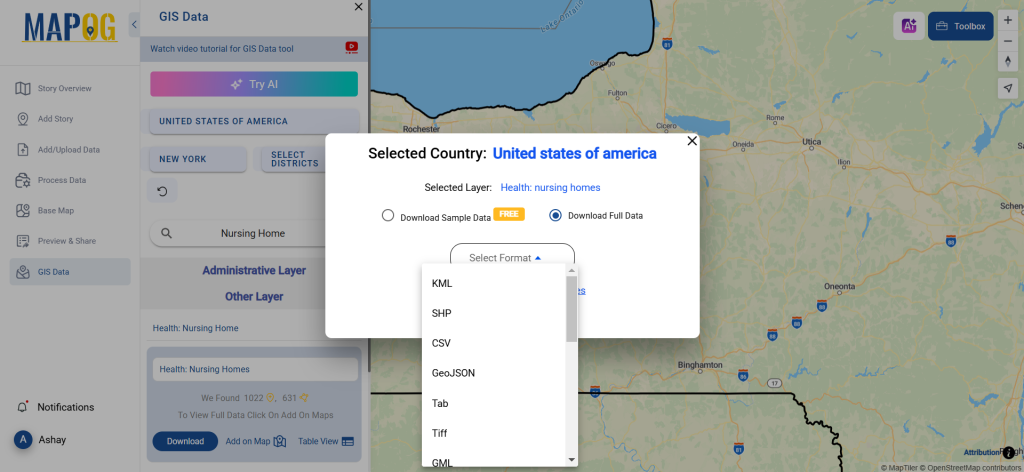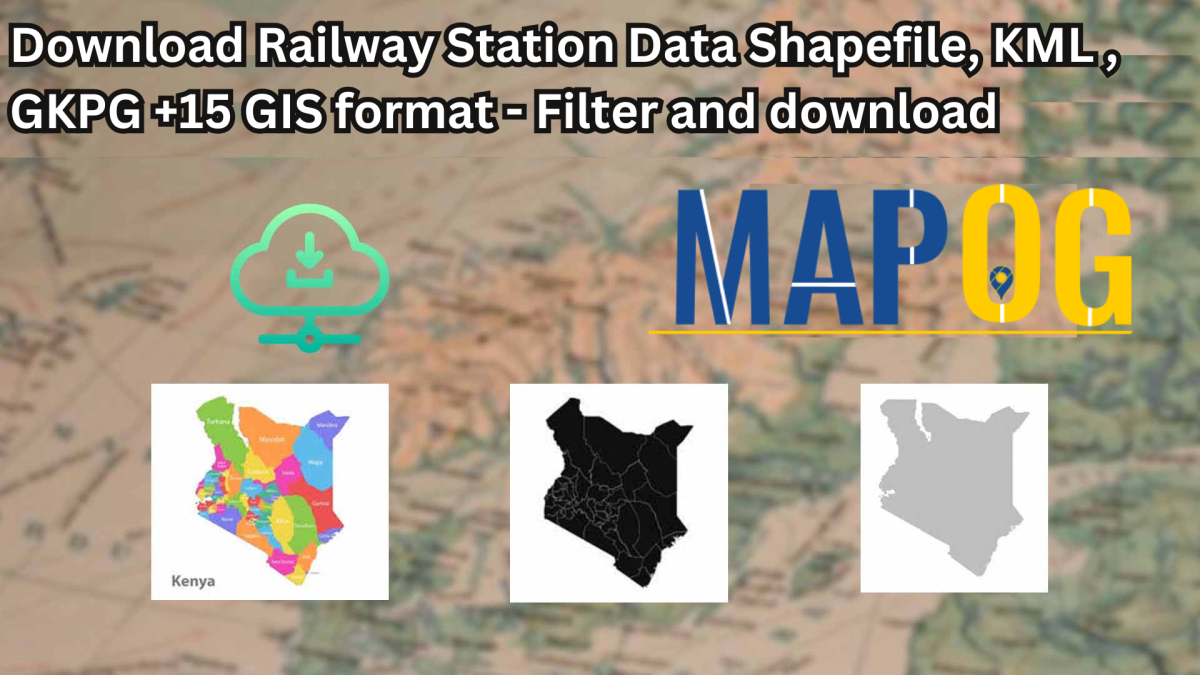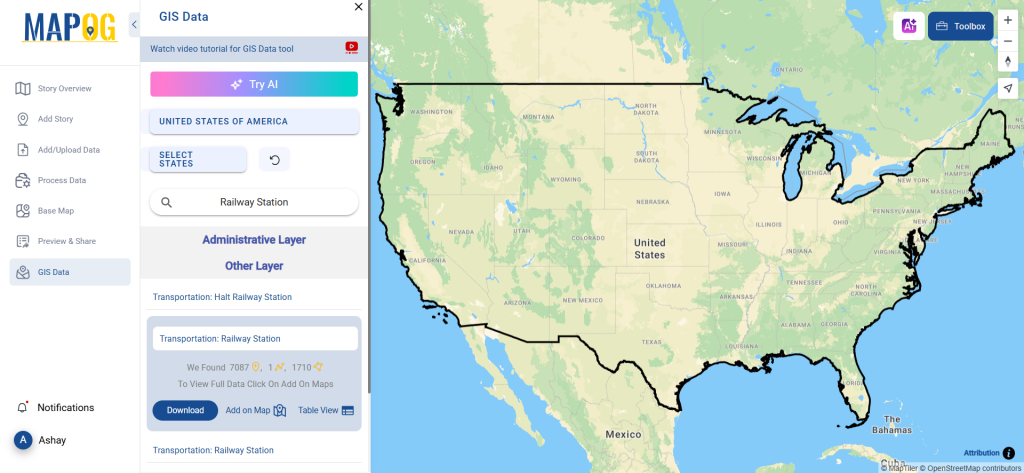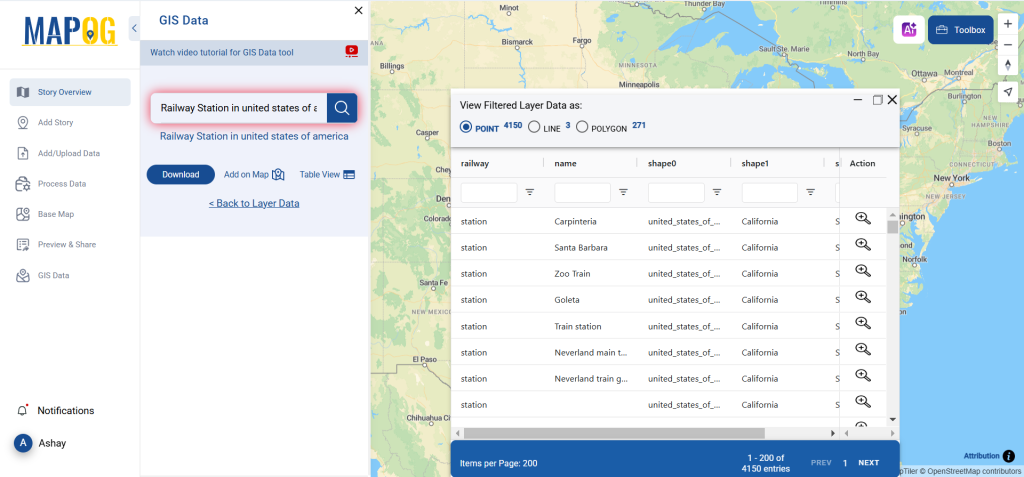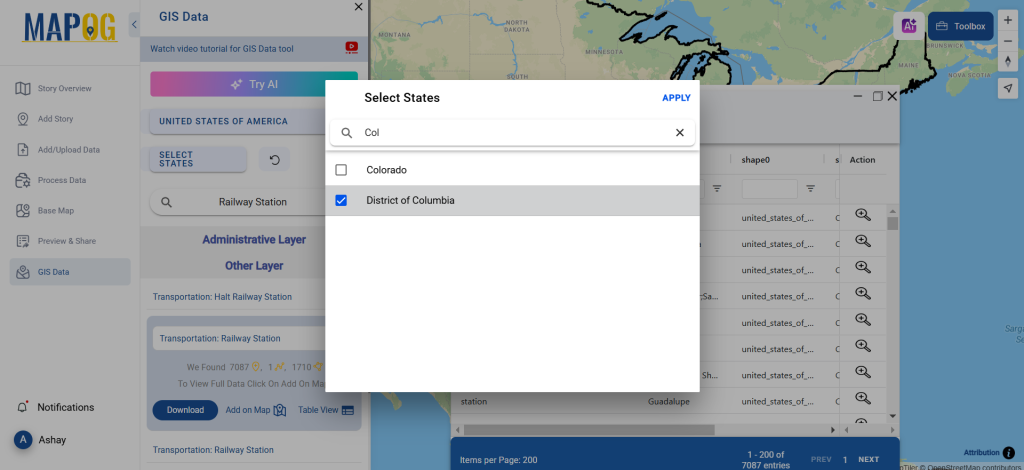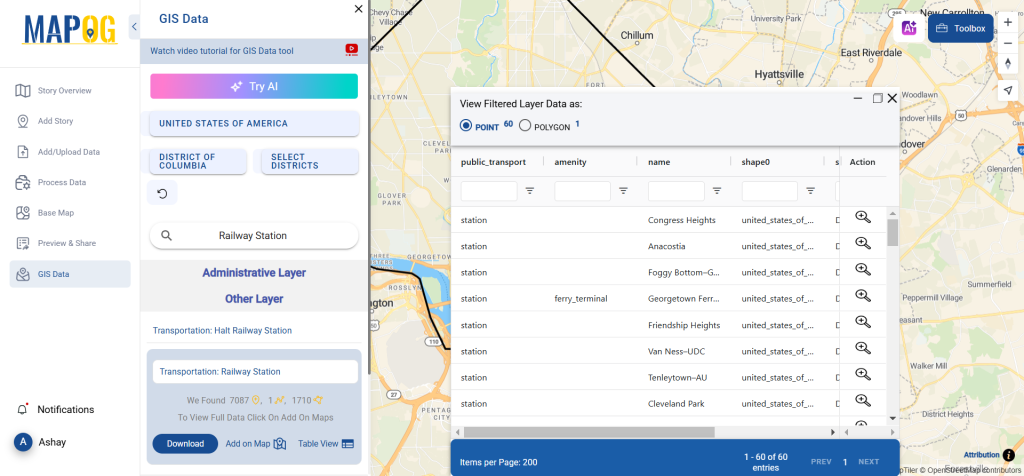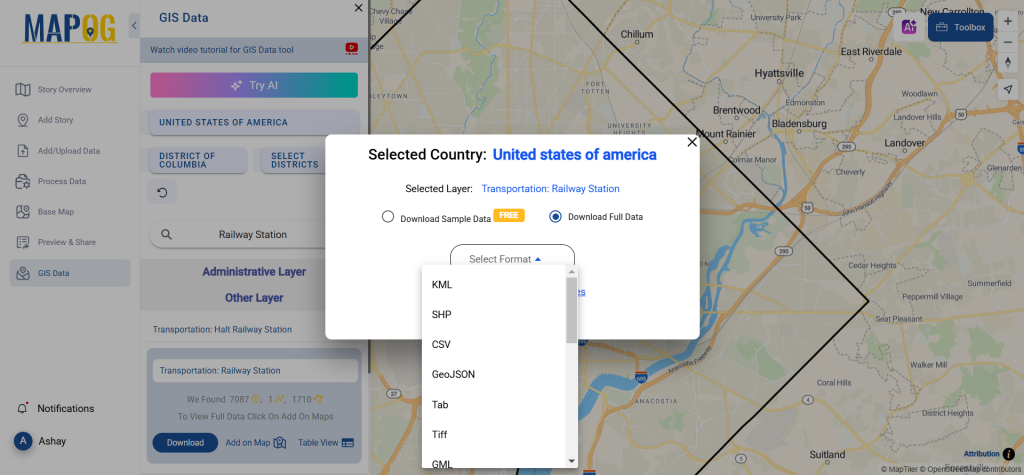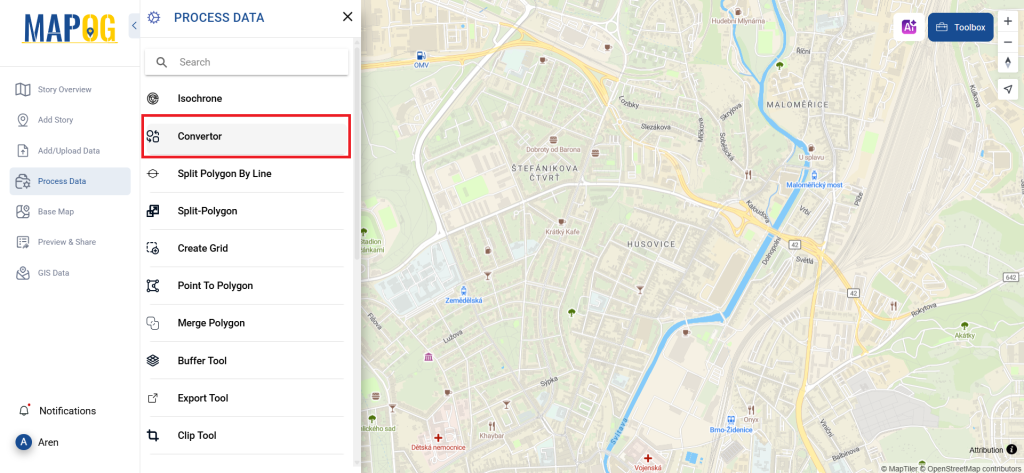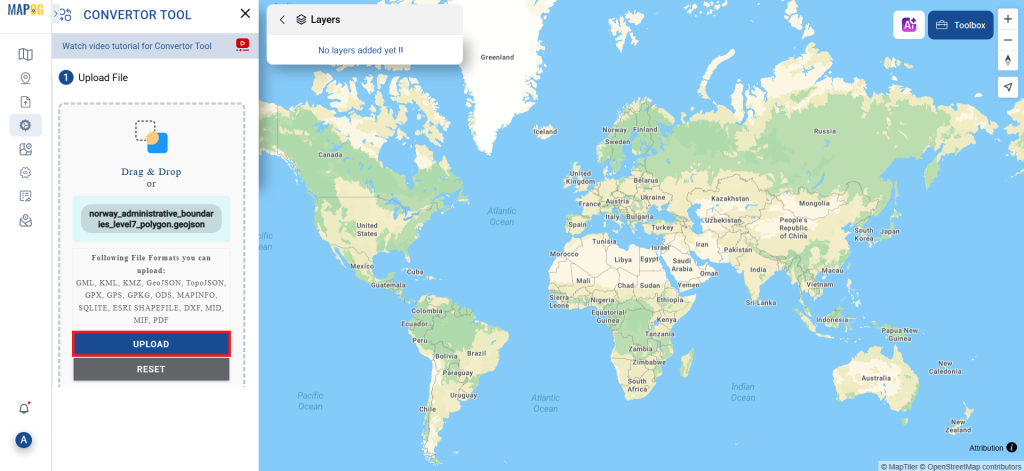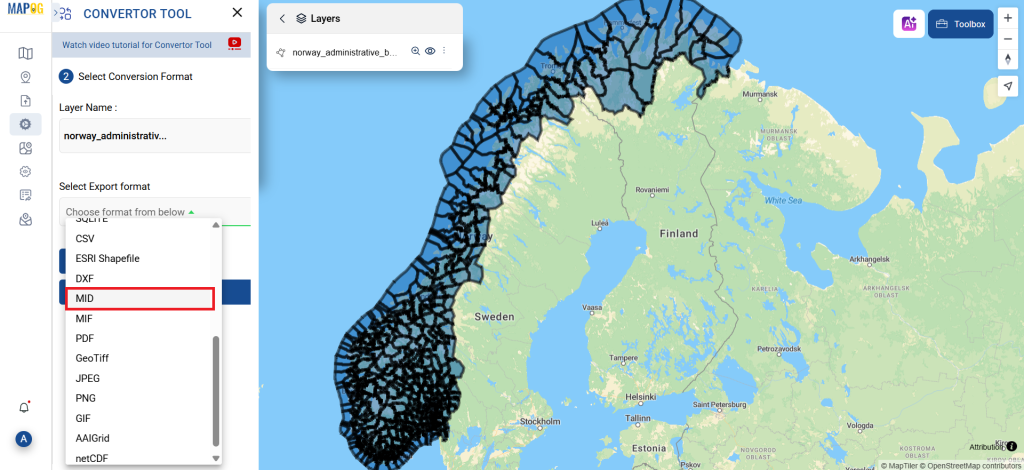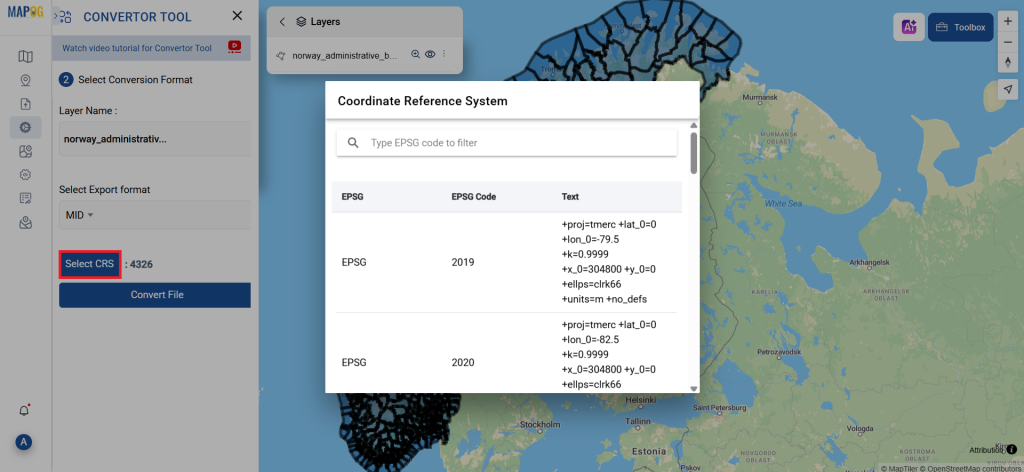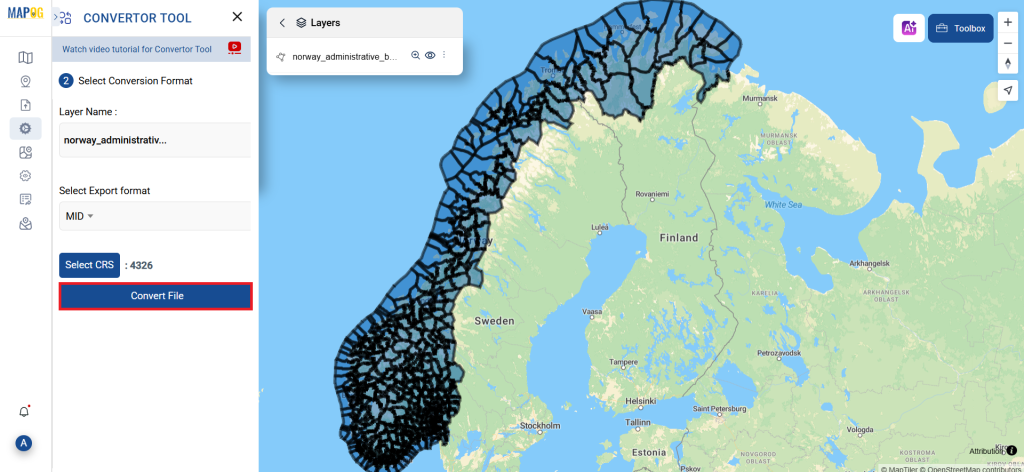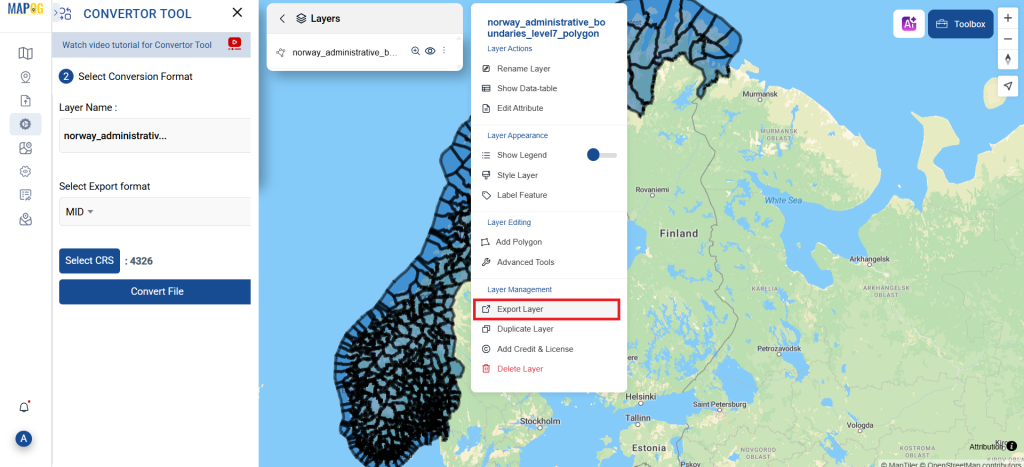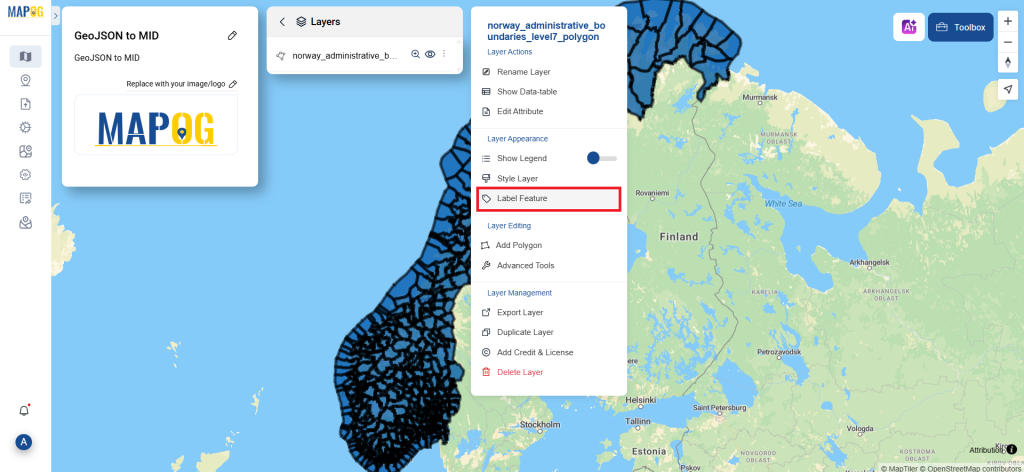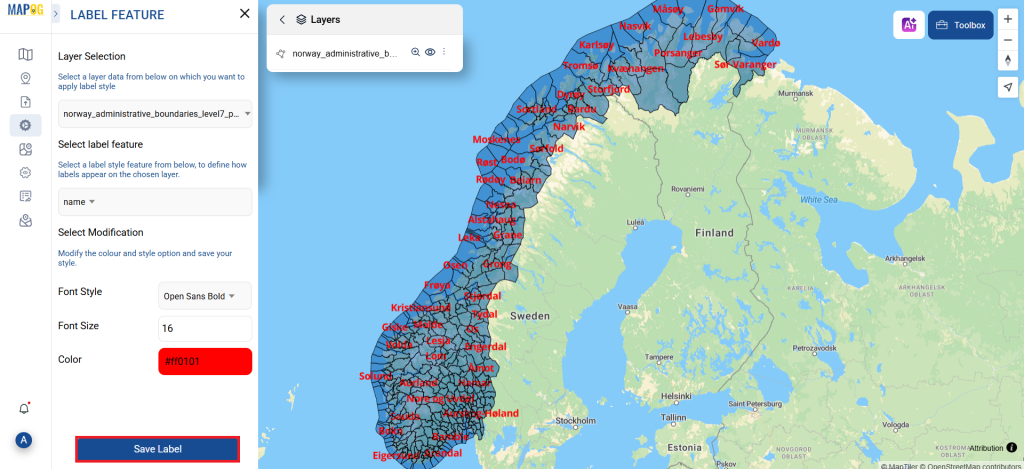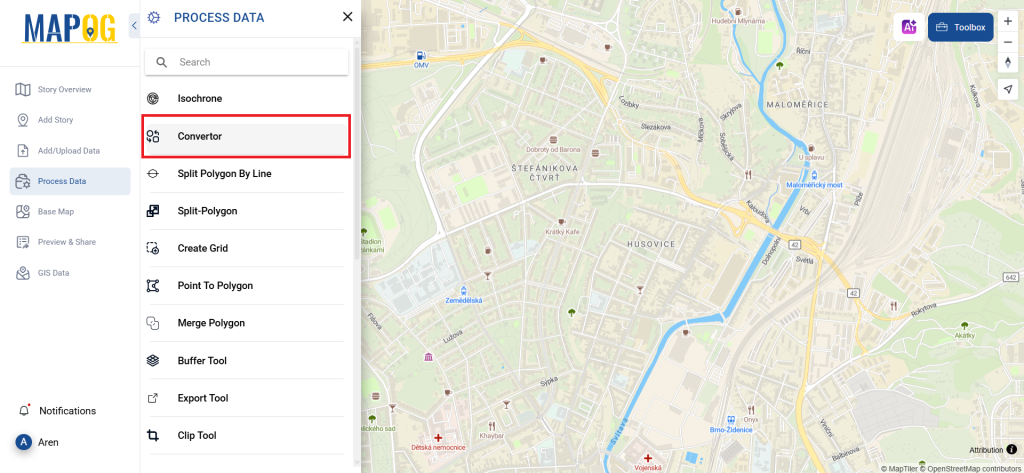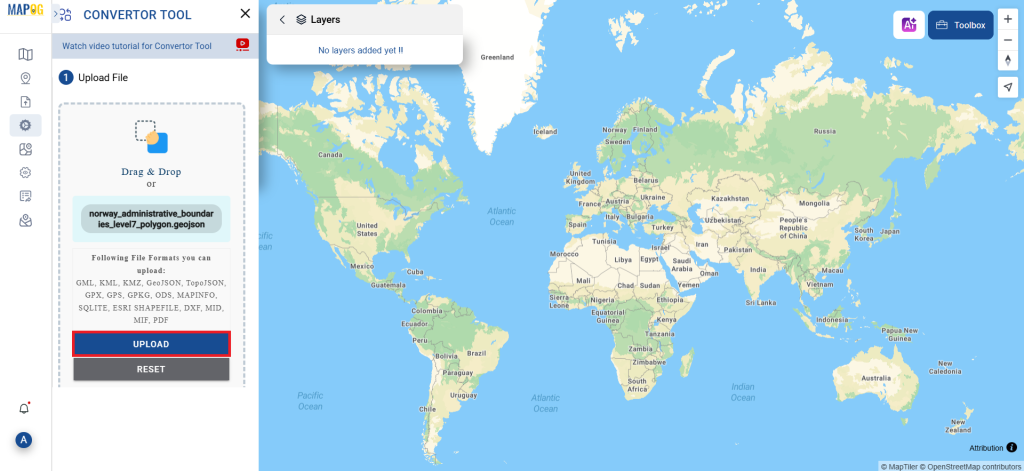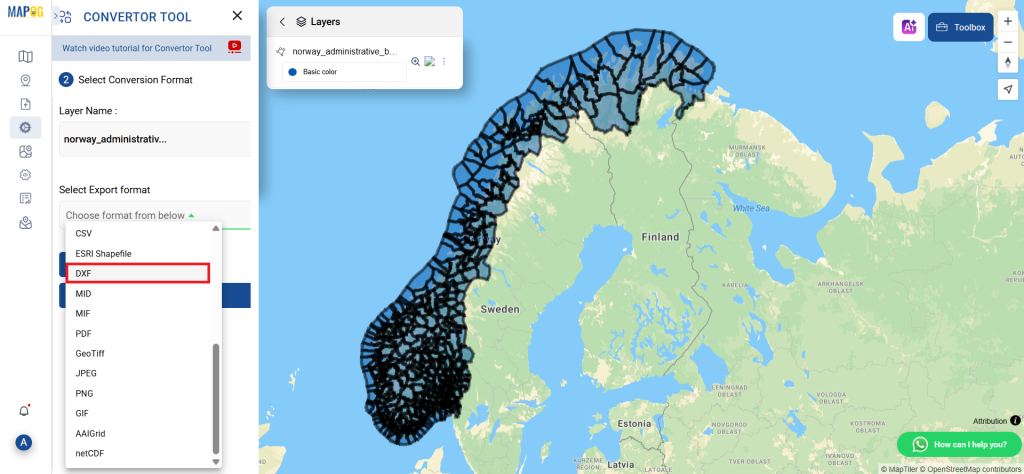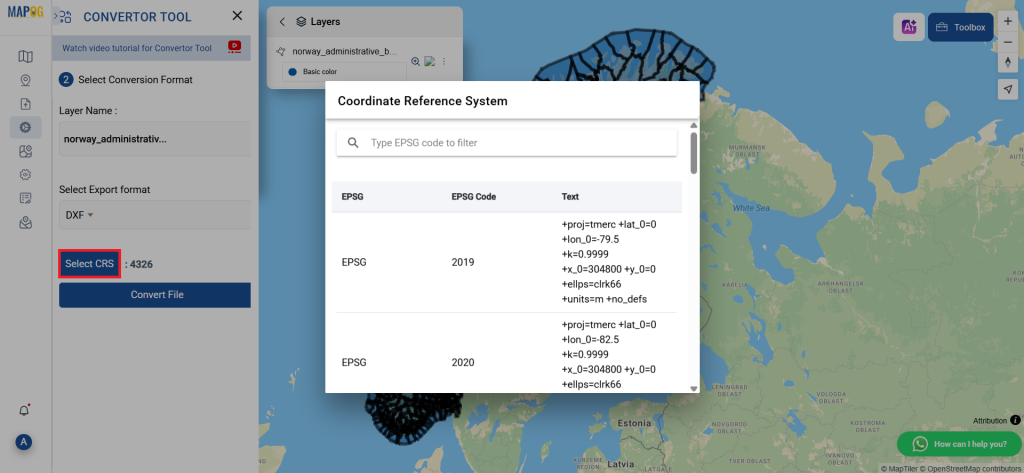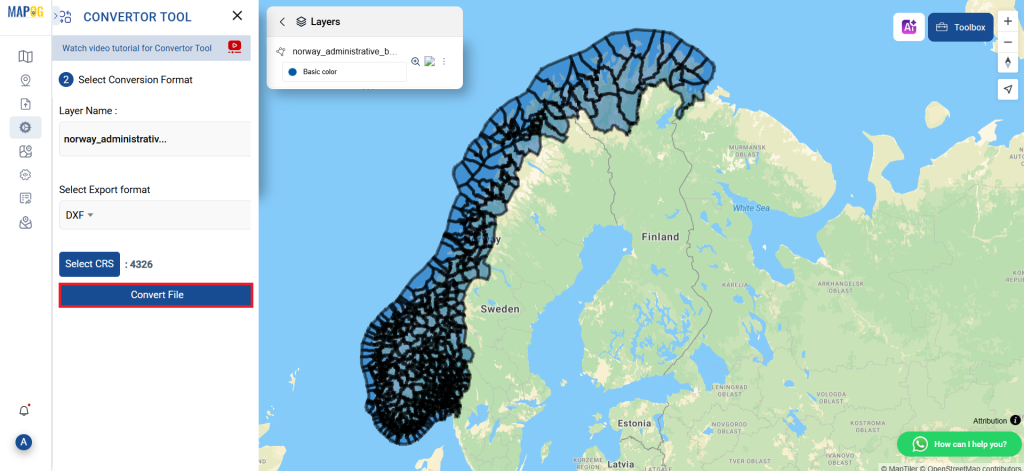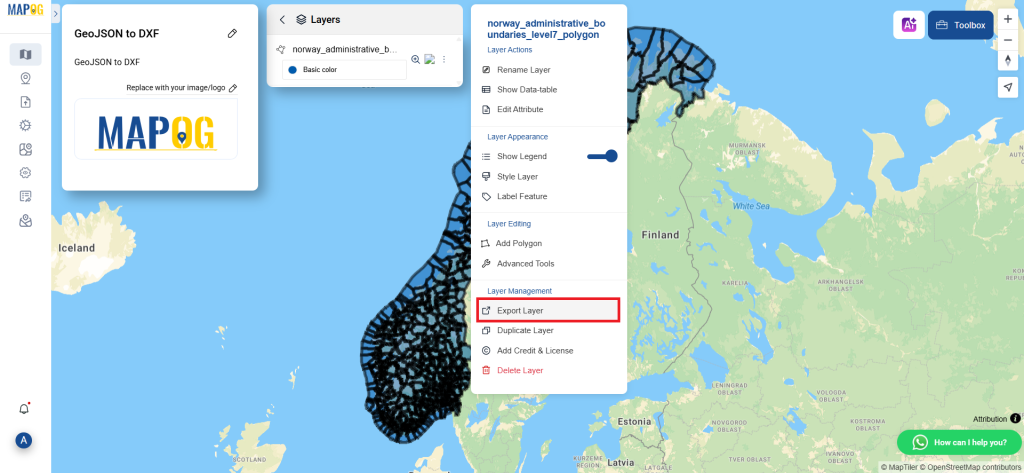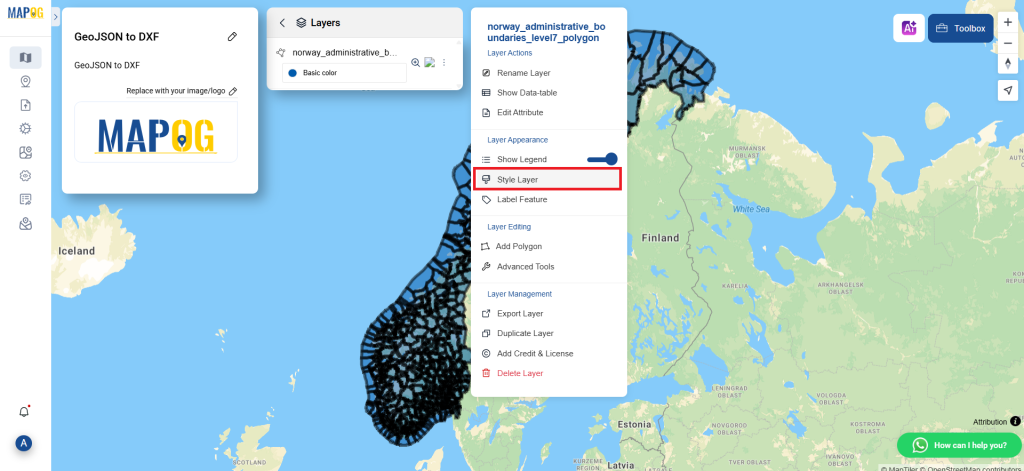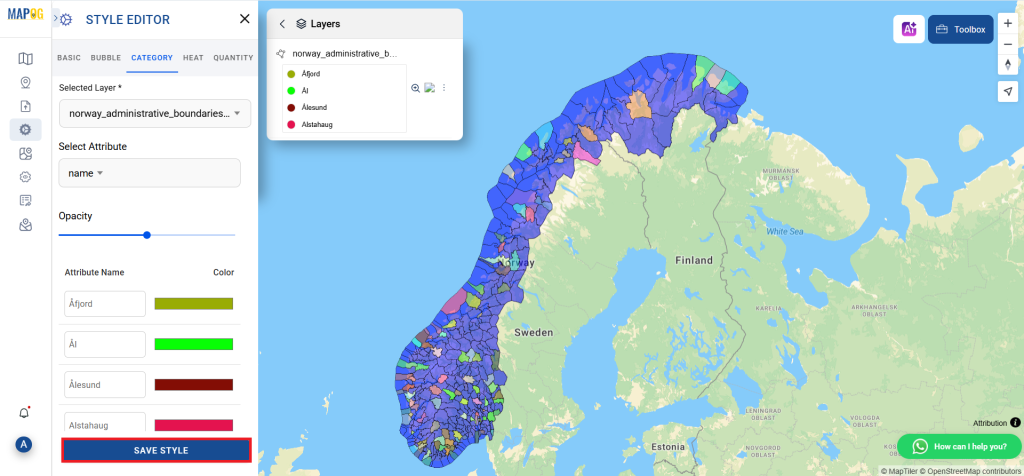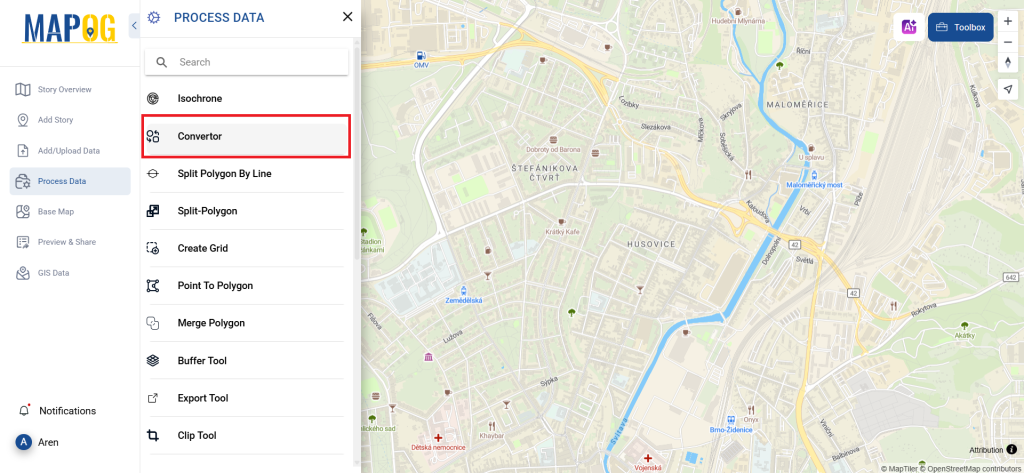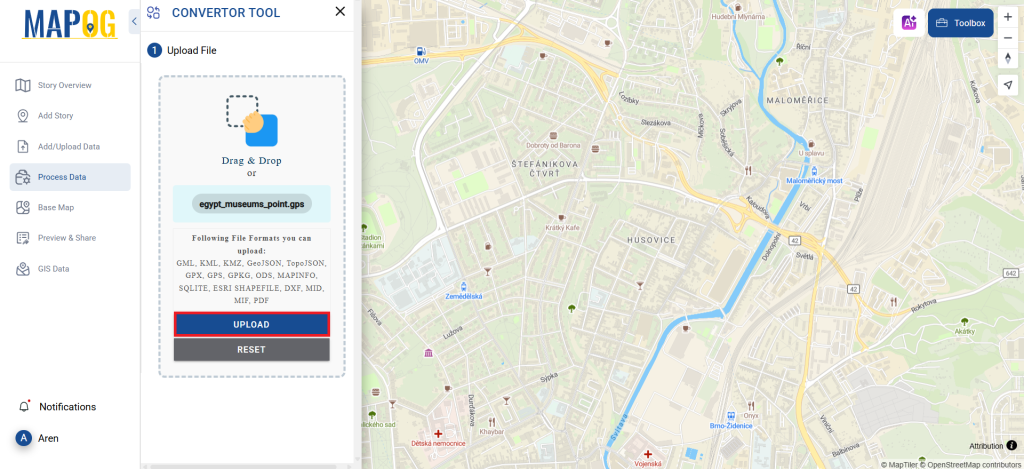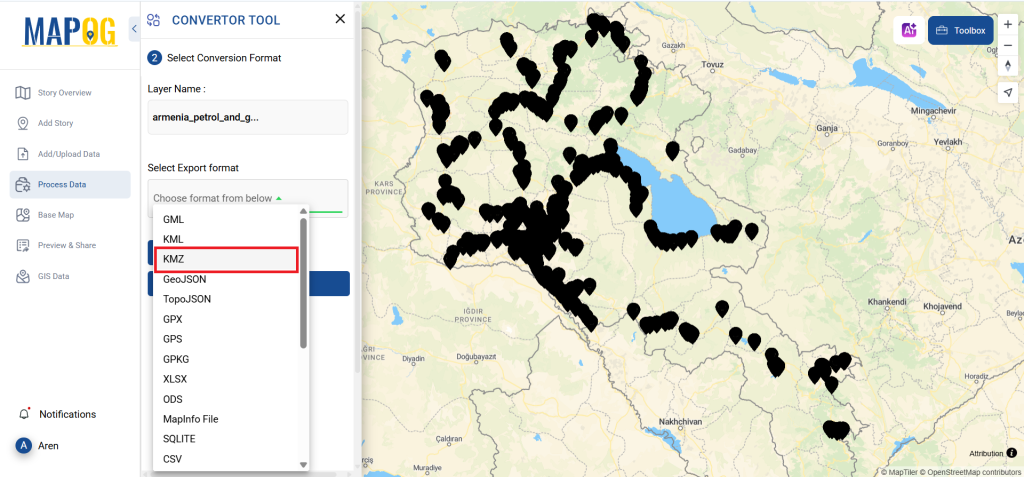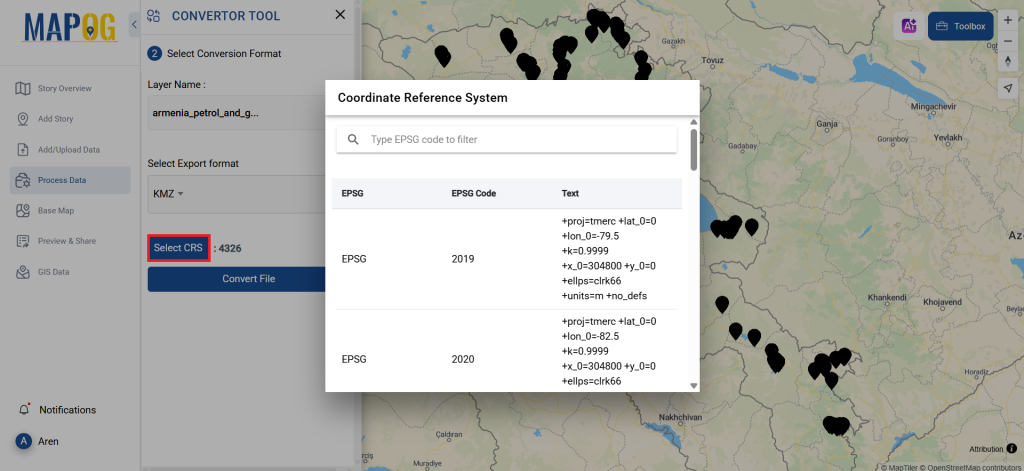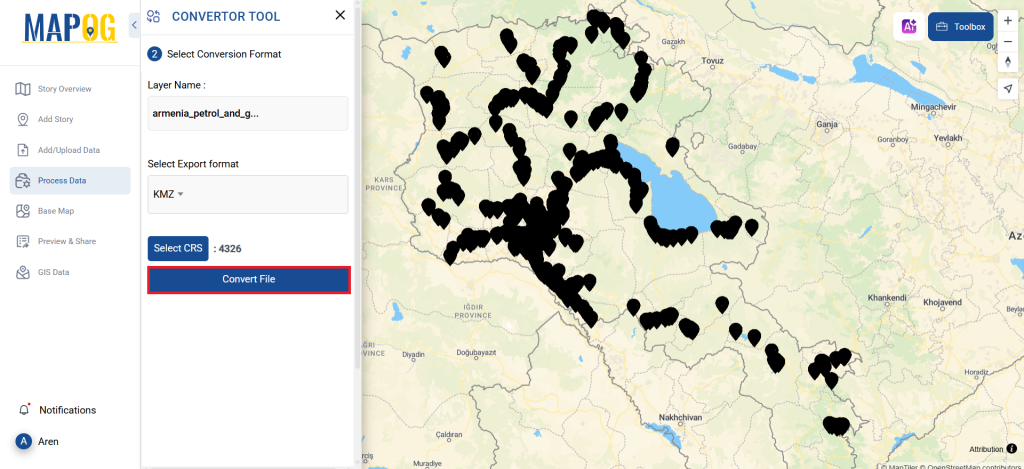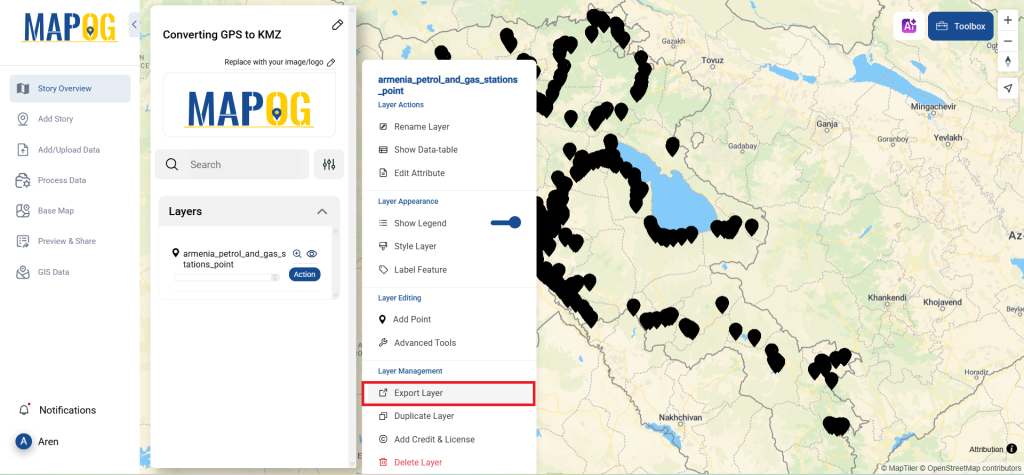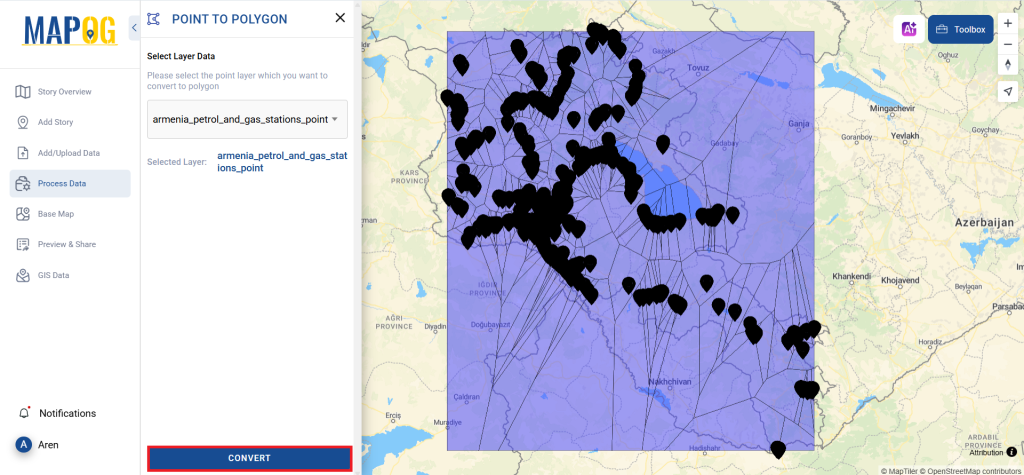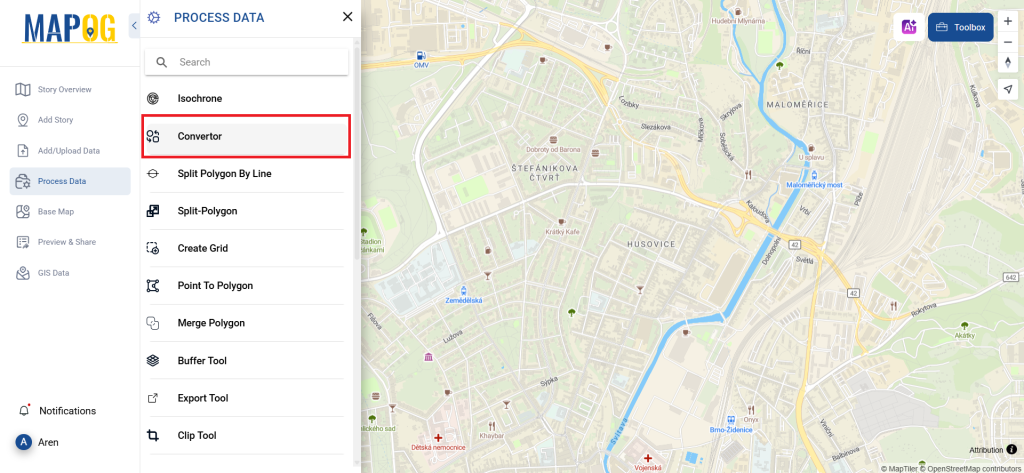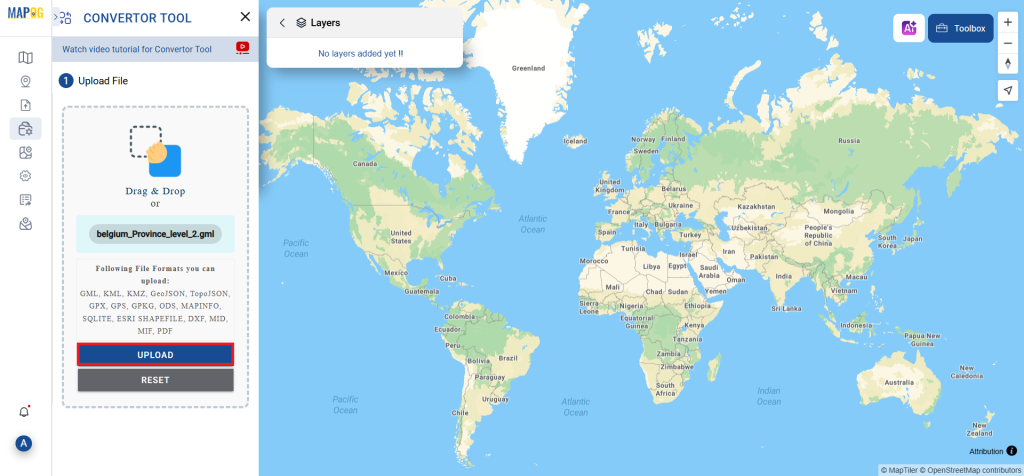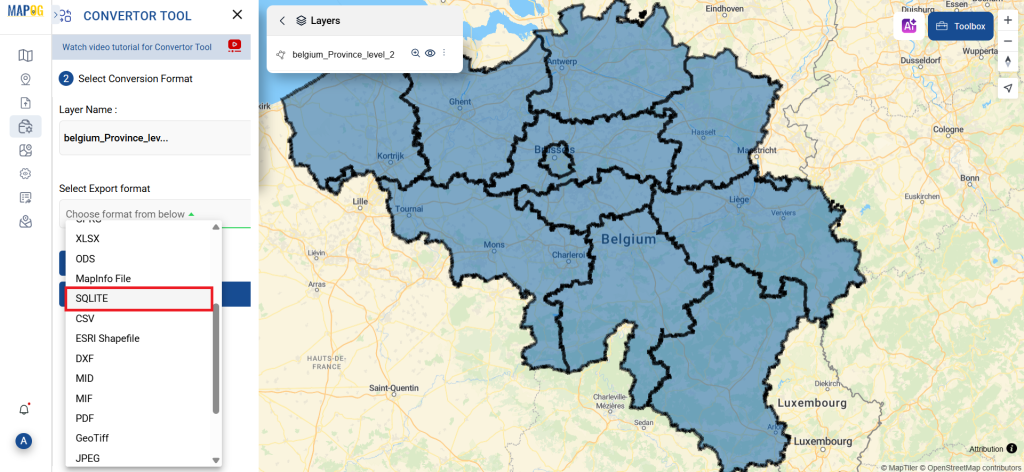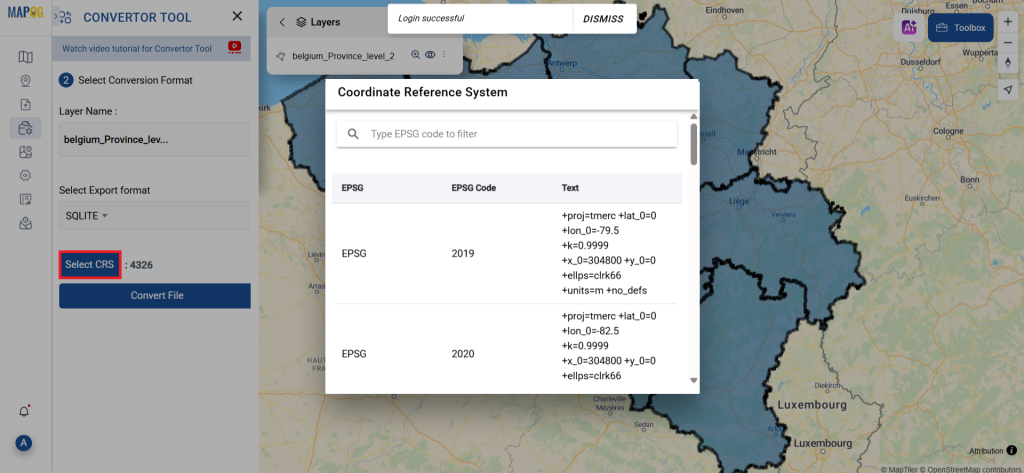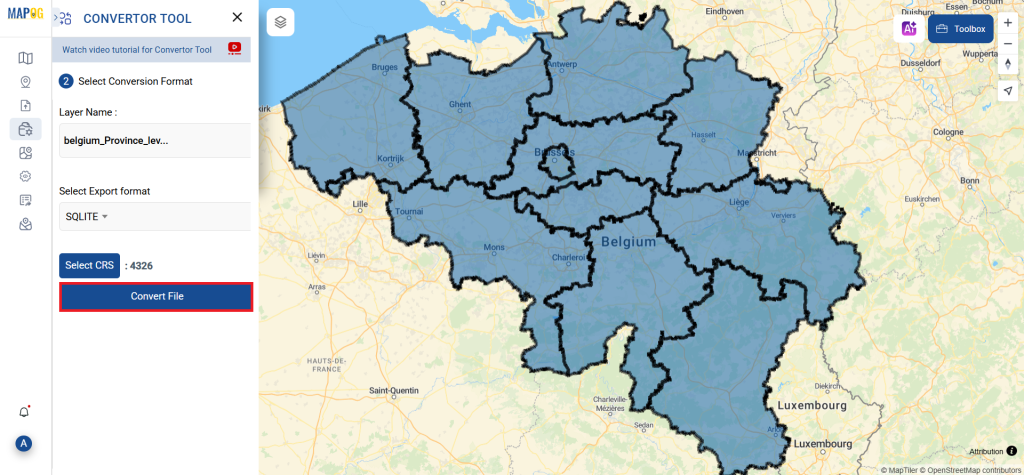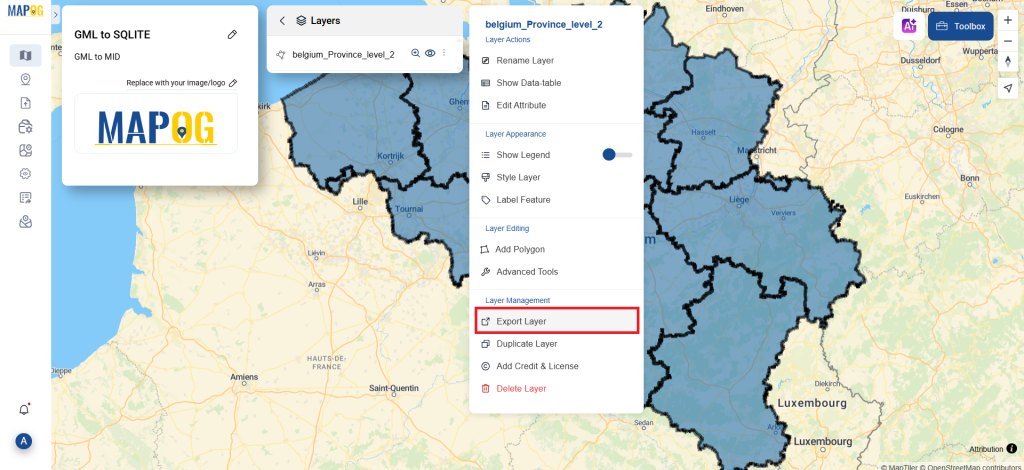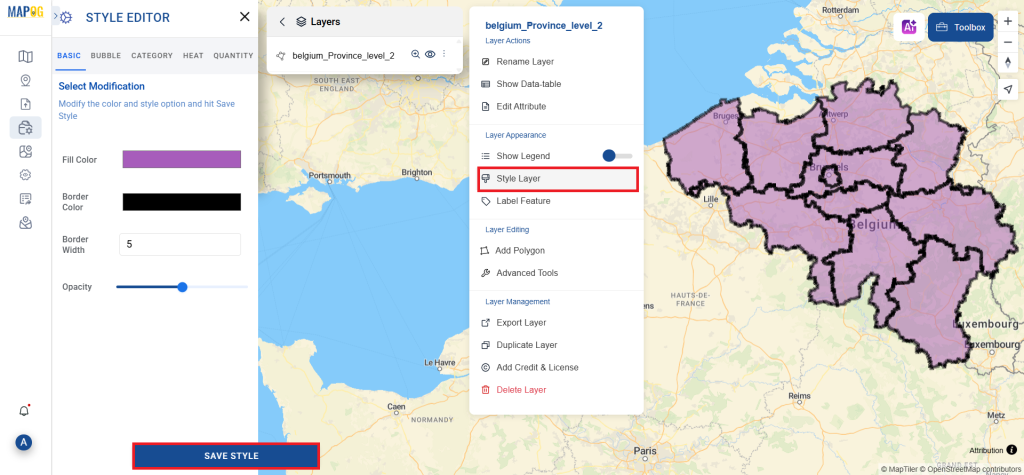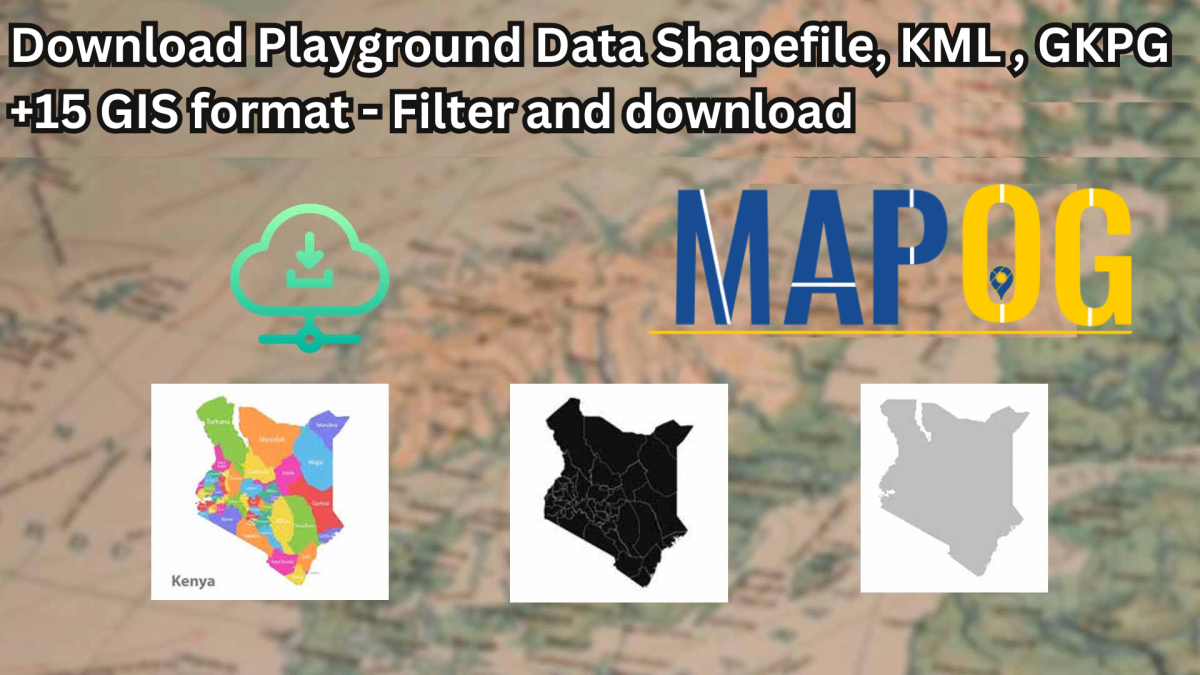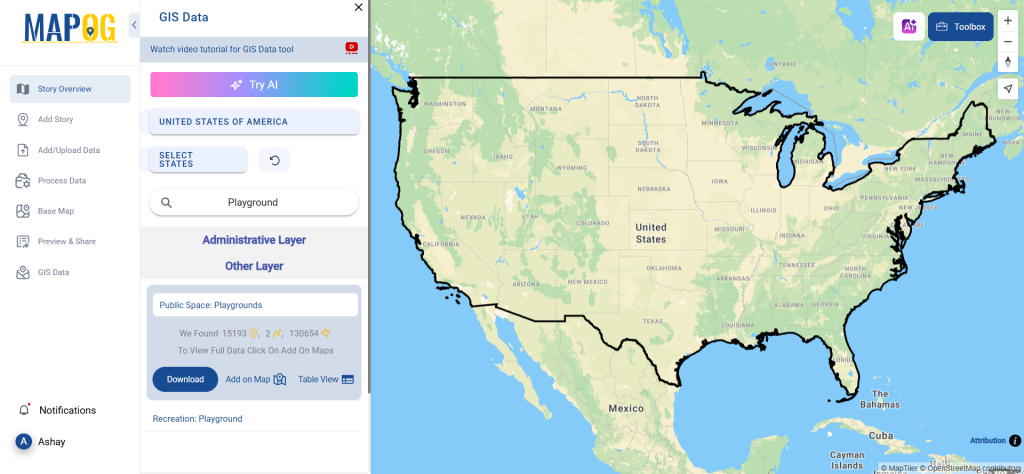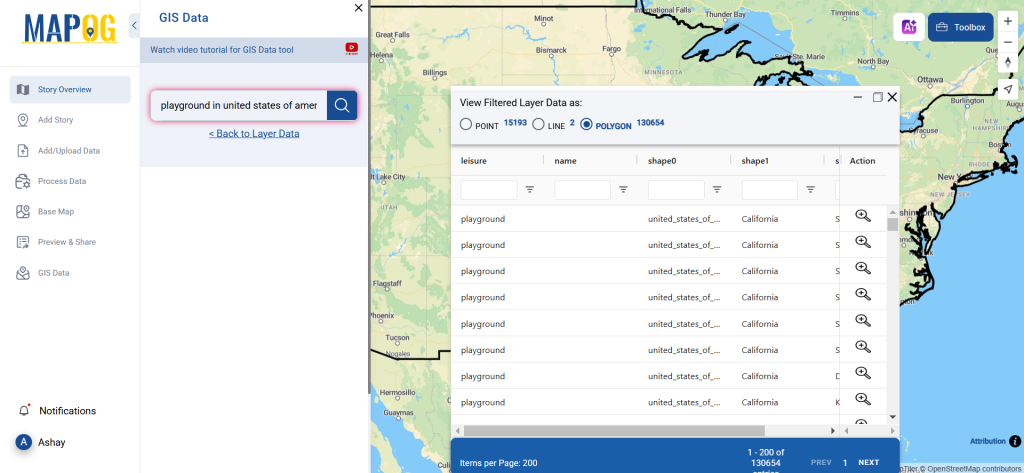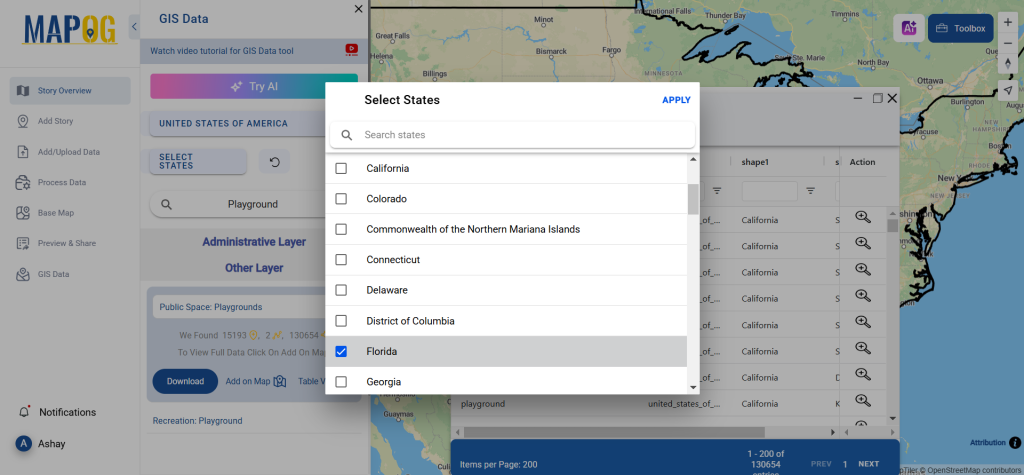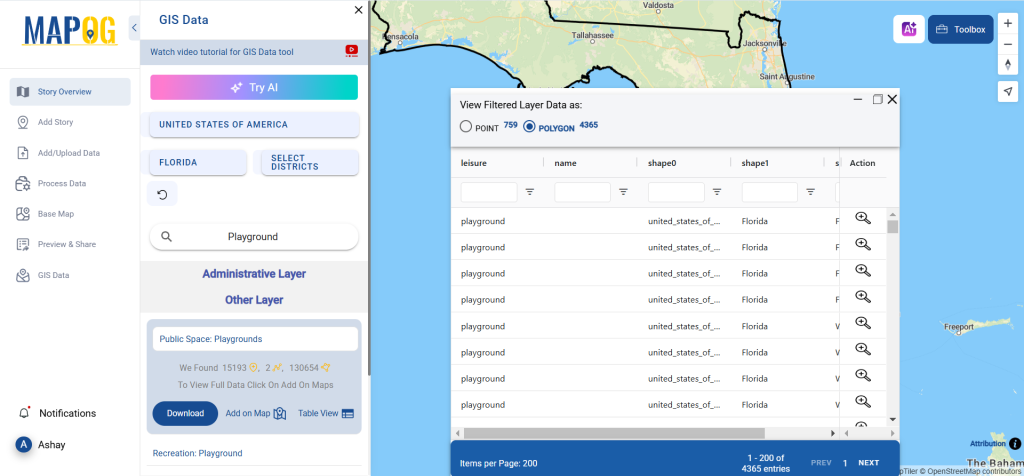GIS Data by MAPOG is a user-friendly platform that allows users to download Marine Reserves data in multiple GIS formats like Shapefile, KML, and GeoJSON. The platform provides an intuitive interface for accessing administrative and geographic datasets. With a vast collection of spatial data, users can efficiently map and analyze marine protected areas across the globe.
Why Use GIS Data by MAPOG?
MAPOG simplifies the process of downloading Marine Reserves data by offering step-by-step guidance. The platform supports over 200 countries and 900+ layers, ensuring extensive global coverage. It also provides 16+ GIS formats, including Shapefile, KML, MID, GeoJSON, and GPS, ensuring compatibility with various GIS applications.
Download Marine Reserves Data of any countries
Note:
- All data is provided in GCS datum EPSG:4326 WGS84 CRS (Coordinate Reference System).
- Users need to log in to access and download their preferred data formats.
Step-by-Step Guide to Download Marine Reserves Data
Step 1: Search for Marine Reserves Data
After logging into GIS Data by MAPOG, select your desired country. Use the search layer option to locate Download Marine Reserves Data. The data can be in point or polygon format, depending on how the reserves are classified.
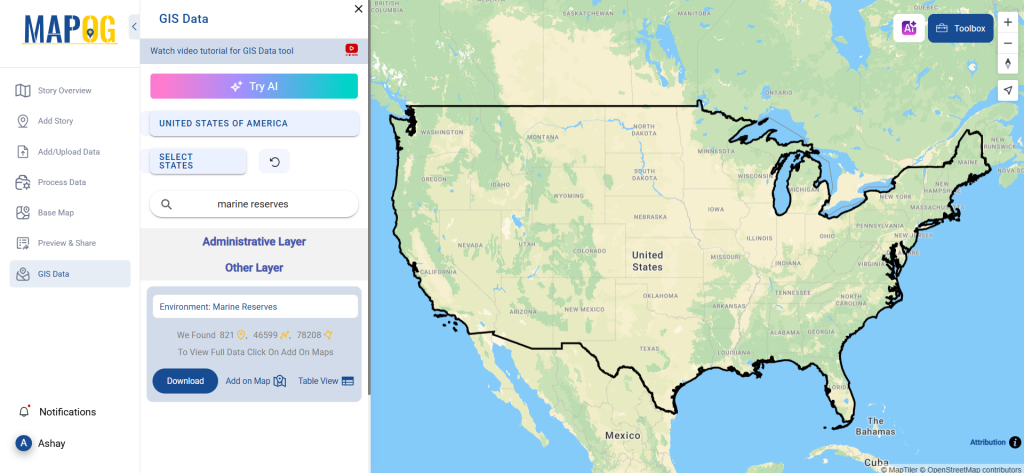
Step 2: Use the AI Feature
Try the “Try AI” tool located in the upper left corner. Simply enter what data you need and from which area, and the AI tool will fetch relevant results instantly. This feature makes data searching faster and more efficient.
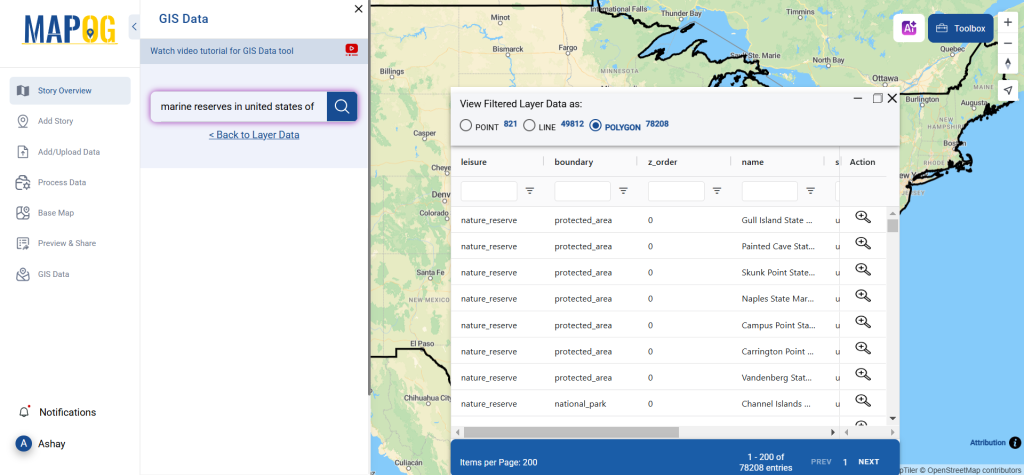
Step 3: Apply Filters for Accuracy
Use the filter data option to refine your search by states, districts, or specific marine zones. This ensures you get the most relevant and precise dataset tailored to your needs.
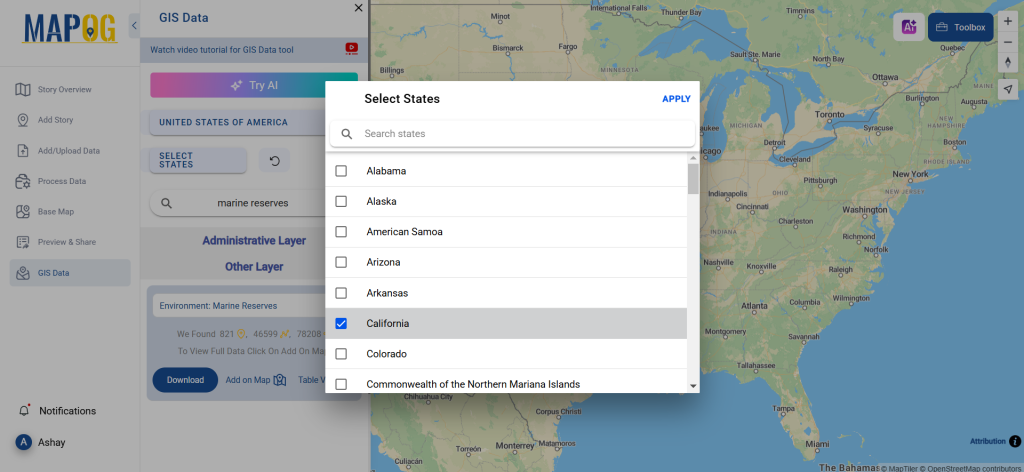
Step 4: Add Data to the Map
Click on “Add on Map” to visualize the data within the MAPOG GIS interface. This helps in analyzing spatial relationships and marine conservation trends effectively.
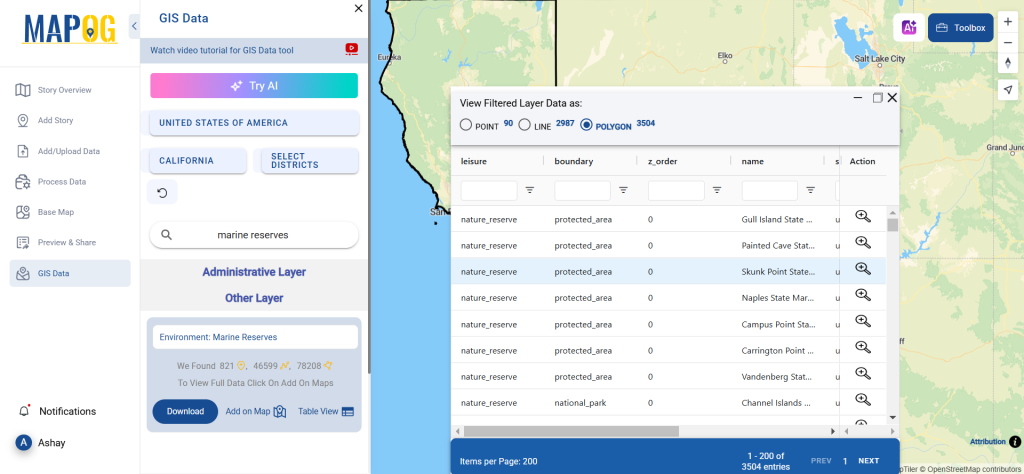
Step 5: Download Data
Click the “Download Data” button. Choose between sample data or the full dataset. Select your preferred format, such as Shapefile, KML, GeoJSON, or MID, then accept the terms and conditions. Finally, click the download button to retrieve your data.
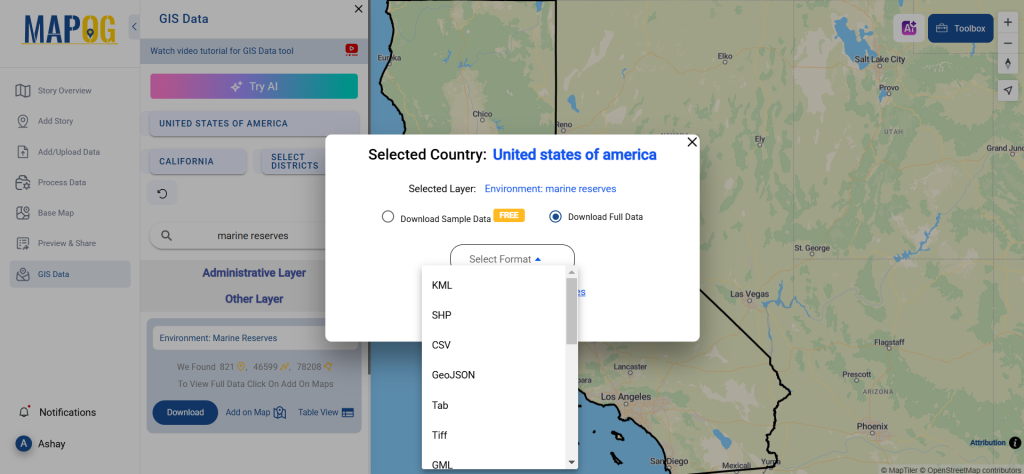
Conclusion
With GIS Data by MAPOG, users can effortlessly download Marine Reserves data in multiple GIS formats. This resource is essential for marine conservation planning, policy development, and research. Whether you are a GIS professional, environmentalist, or researcher, MAPOG provides the most up-to-date and accurate marine spatial datasets to support your work. Start exploring now and enhance your GIS mapping experience!
With MAPOG’s versatile toolkit, you can effortlessly upload vector and upload Excel or CSV data, incorporate existing layers, perform polyline splitting, use the converter for various formats, calculate isochrones, and utilize the Export Tool.
For any questions or further assistance, feel free to reach out to us at support@mapog.com. We’re here to help you make the most of your GIS data.
Download Shapefile for the following:
- World Countries Shapefile
- Australia
- Argentina
- Austria
- Belgium
- Brazil
- Canada
- Denmark
- Fiji
- Finland
- Germany
- Greece
- India
- Indonesia
- Ireland
- Italy
- Japan
- Kenya
- Lebanon
- Madagascar
- Malaysia
- Mexico
- Mongolia
- Netherlands
- New Zealand
- Nigeria
- Papua New Guinea
- Philippines
- Poland
- Russia
- Singapore
- South Africa
- South Korea
- Spain
- Switzerland
- Tunisia
- United Kingdom Shapefile
- United States of America
- Vietnam
- Croatia
- Chile
- Norway
- Maldives
- Bhutan
- Colombia
- Libya
- Comoros
- Hungary
- Laos
- Estonia
- Iraq
- Portugal
- Azerbaijan
- Macedonia
- Romania
- Peru
- Marshall Islands
- Slovenia
- Nauru
- Guatemala
- El Salvador
- Afghanistan
- Cyprus
- Syria
- Slovakia
- Luxembourg
- Jordan
- Armenia
- Haiti And Dominican Republic
- Malta
- Djibouti
- East Timor
- Micronesia
- Morocco
- Liberia
- Kosovo
- Isle Of Man
- Paraguay
- Tokelau
- Palau
- Ile De Clipperton
- Mauritius
- Equatorial Guinea
- Tonga
- Myanmar
- Thailand
- New Caledonia
- Niger
- Nicaragua
- Pakistan
- Nepal
- Seychelles
- Democratic Republic of the Congo
- China
- Kenya
- Kyrgyzstan
- Bosnia Herzegovina
- Burkina Faso
- Canary Island
- Togo
- Israel And Palestine
- Algeria
- Suriname
- Angola
- Cape Verde
- Liechtenstein
- Taiwan
- Turkmenistan
- Tuvalu
- Ivory Coast
- Moldova
- Somalia
- Belize
- Swaziland
- Solomon Islands
- North Korea
- Sao Tome And Principe
- Guyana
- Serbia
- Senegal And Gambia
- Faroe Islands
- Guernsey Jersey
- Monaco
- Tajikistan
- Pitcairn
Disclaimer : The GIS data provided for download in this article was initially sourced from OpenStreetMap (OSM) and further modified to enhance its usability. Please note that the original data is licensed under the Open Database License (ODbL) by the OpenStreetMap contributors. While modifications have been made to improve the data, any use, redistribution, or modification of this data must comply with the ODbL license terms. For more information on the ODbL, please visit OpenStreetMap’s License Page.
Here are some blogs you might be interested in:
- Download Airport data in Shapefile, KML , MIf +15 GIS format – Filter and download
- Download Bank Data in Shapefile, KML, GeoJSON, and More – Filter and Download
- Download Railway data in Shapefile, KML, GeojSON +15 GIS format
- Download Farmland Data in Shapefile, KML, GeoJSON, and More – Filter and Download
- Download Pharmacy Data in Shapefile, KML, GeoJSON, and More – Filter and Download
- Download ATM Data in Shapefile, KML, MID +15 GIS Formats Using GIS Data by MAPOG
- Download Road Data in Shapefile, KML, GeoJSON, and 15+ GIS Form
